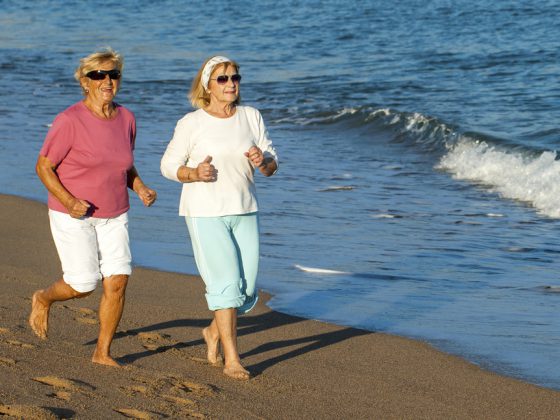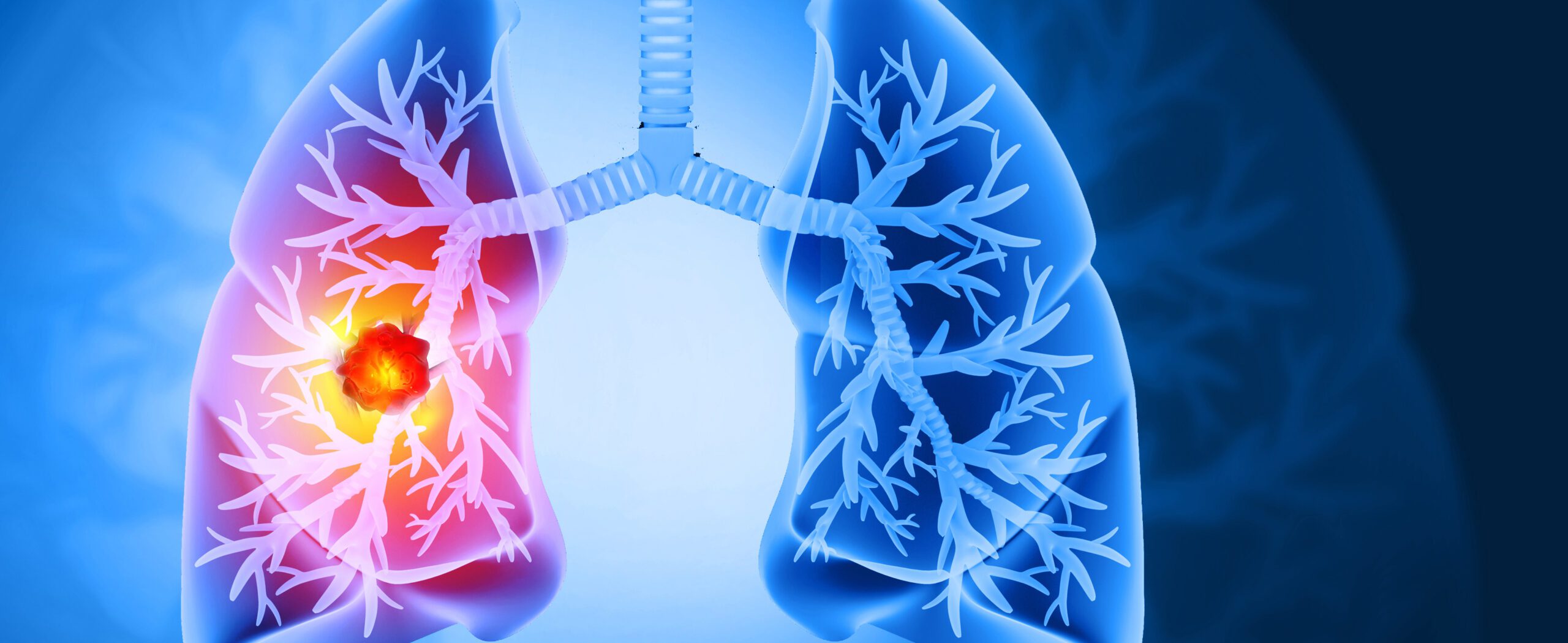Photodynamic therapy is a very good method to treat larger areas of skin damaged by actinic keratosis. Developments in recent years have led to a steady reduction in the disadvantages of this method, above all its painfulness. Meanwhile, photodynamic therapy with daylight, which involves little pain and a shorter time, has become well established. A recently published study tested whether artificial white light could be used as a light source instead of sunlight. This would remove another important hurdle, dependence on the weather. In addition to these research approaches, there is also news to report from the field of topical therapy.
Responsible for actinic keratoses (AK) is the sun resp. chronic UV exposure, which cumulatively damages the skin, especially in the exposed skin areas – the “sun terraces” of the body such as the capillitium, nose, ear helix, forearms and backs of the hands. In our latitudes, up to 25% of people over 40 are affected. In countries with fair-skinned populations and intense UV radiation (e.g. Australia), the prevalence is even higher. Furthermore, it increases with age. While men used to be affected significantly more often than women for occupational reasons, the ratio has leveled off in recent years due to increasing UV exposure during leisure time.
Depending on the estimate, approximately 10-20% of AK will progress to invasive squamous cell carcinoma within ten years if untreated. Experts therefore agree that AK should be treated. But how? The variety of therapeutic options is wide: cryotherapy, photodynamic therapy (PDT), chemical peeling, surgery/curettage/dermabrasion, laser, local treatment with imiquimod, topical fluorouracil, diclofenac as well as ingenol mebutate or even X-rays. The basic principle of treatment is usually based on destruction of the affected areas with subsequent re-epithelialization.
In which situation with which therapy the best result is achieved is part of an individual decision-making process. Each method offers certain advantages and disadvantages. Factors such as number and location of lesions, skin type, comorbidities, compliance, patient preferences, and experience of the treating physician must be considered in the choice in each case.
Photodynamic therapy: daylight or red light?
In most cases, an entire skin region is affected by AK (field cancerization). Such multiply the risk of transformation into spinocellular carcinoma. All stages of the disease (from subclinical AK to squamous cell carcinoma) may coexist simultaneously. The transitions between normal and photodamaged skin, but also between AK and carcinoma, are fluid. In case of doubt, especially in hypertrophic actinic keratoses, a sufficiently deep biopsy is required for differentiation from squamous cell carcinoma. Therapeutic approaches targeting the entire field include photodynamic treatments as well as topically 5-fluorouracil, imiquimod, ingenol mebutate, and at best diclofenac in early stages. While PDT with the photosensitizing substance methyl 5-amino-4-oxopentanoate (MAL, Metvix®) and high-energy red light gives good results, it also has some disadvantages such as time consumption (3 hours between application of cream and irradiation, under occlusion), stronger local reactions and pain.
An alternative is daylight PDT. Here, all exposed surfaces are first coated with sunscreen (sun protection factor 30 or higher; only chemical, no physical filters, as these partially block visible light). After removal of crusts and scales by curettage, a thin layer of Metvix® is applied without a cover, followed by a continuous two-hour stay in full daylight (not necessarily in the sun; however, daylight PDT should be refrained from in case of rain or prospects of rain). A maximum of 30 minutes should elapse between treatment and exposure to prevent excessive accumulation of protoporphyrin IX, which in turn would cause greater pain on exposure to light. This is the central difference to red light PDT: Protoporphyrin IX is continuously activated and consecutively inactivated in the daylight variant. Accumulation and thus pain are thus prevented.
A randomized phase III trial with noninferiority endpoint has just recently shown again that daylight PDT in European latitudes is equally effective as the conventional option (complete response at 70% vs. 74%), but significantly less painful to pain-free (superiority: 0.7 vs. 4.4, on an 11-point scale, p<0.001) – this was independent of whether the weather was cloudy or sunny [1].
It is important that the radiation intensity is sufficient to activate the complete protoporphyrin IX in the skin, otherwise the full potential is not exploited and accumulated protoporphyrin IX remains at the end of the treatment. A two-hour stay outdoors should ensure complete activation.
PDT also possible with artificial white light
The obvious disadvantage of the daylight variant is that it can only be used in dry and warm weather, which makes scheduling much more difficult. Usually the period between the end of April and the end of September and at least 10°C are assumed as optimal conditions. Otherwise, being outdoors turns out to be very uncomfortable, especially for older people or in AK sites that are usually covered.
A recent randomized study from Ireland published in JAMA Dermatology now investigated the effect of PDT with white LED light (also in combination with topical MAL) in a small sample of 22 men with a median age of 72 years [2]. All participants had photodamaged skin and a high number of AK. The design was based on a split-scalp principle: one half of the forehead and scalp was exposed to artificial white light, the other to daylight. The two fields were identical in terms of AK: the median number of jobs with AK was 20.5 in each case. There was one week between treatment types. Patients with past organ transplantation were excluded, because then the risk of carcinoma is again significantly increased. The treatment period was from April to July 2014, and follow-up was conducted over nine months after therapy (number/localization of lesions, photodocumentation at baseline and at one, three, six, and nine months). The primary endpoint was the reduction in the number of AK. Secondary endpoints included safety and tolerability.
Treatment was performed on both scalp sides according to the mentioned scheme (scalp was exposed to light 30 minutes after MAL application for two hours each). Radiation and light intensity as well as the light spectrum were measured in each case.
Primary endpoint: At the median, the daylight variant reduced 12 AK sites in the respective field in the first month, corresponding to a percentage reduction of 62.3%. PDT with artificial white light was not significantly different (14 sites or 67.7%). This remained so until the sixth month, but changed at the last examination in the ninth month. Here, the values in the above order were 9 and 48.4% vs. 12 and 64.4% (p=0.05). Consequently, the effect persisted throughout the study period for both methods, but AK had partially reformed at the same or different sites.
Secondary endpoints: 14 vs. 16 patients reported mild pain (on a 100-point scale they reached maximum scores of 4 and 6, p=0.51). Both groups rated both forms of therapy as very well tolerated (9.5 and 9 on a 10-point scale, p=0.37). Moderate erythema was found in 9 vs. 14 patients.
Conclusion: The authors conclude that both PDT variants are equally safe and effective and thus ordinary white light can also be considered as a source of irradiation. This would further reduce the disadvantages of PDT: no dependence on the weather or the time of year, and thus no difficulty in finding appointments. Especially for older patients who freeze quickly, don’t like to be in direct sunlight, or are more sensitive to the weather overall, further research into this method is worthwhile.
Both PDT variants are largely painless. An operating room lamp was used for white light treatment in the study; slide or overhead projectors, for example, would also be conceivable. To address potential recurrences, the researchers recommend repeating the procedure about once a year.
Do not forget sunscreen
In addition to the above-mentioned therapies, AK patients must also be instructed repeatedly about the warning signals of an incipient transformation to spinocellular carcinoma and about sun protection measures (textile sunscreen, regular application of sunscreen with a high to very high sun protection factor, avoidance of solariums). Therefore, it may seem strange to them at first that their doctor explicitly advises them to spend two hours outdoors during daylight PDT. In this case, a precise explanation of the mechanisms of PDT must be provided and this must be clearly distinguished from other sun exposure.
Long-term data on Ingenol mebutate
Also among the newer therapeutic options is ingenol mebutate (Picato®). A phase III trial from last year investigated its long-term efficacy and safety [3].
Patients initially treated with 0.015% ingenol mebutate gel over three follow-up days were randomized to receive the compound or placebo again in a 2:1 ratio either as early as two months if lesions were still present in the field or after 26 and 44 weeks, respectively, if new lesions appeared on the previously treated area. The treatment period was again three consecutive days. The primary endpoint was the complete clearance rate eight weeks after randomization. Of the 450 initially treated, a total of 134 were re-randomized to the ingenol mebutate group and 69 to the vehicle group.
Eight weeks after primary treatment, the complete clearance rate was 61.6%. Patients with present AK at week eight after initial treatment again achieved higher clearance rates under the verum than patients in the vehicle group after an additional two months (46.7% vs. 18.4%, p=0.001). The same was true for patients who developed new AK at week 26 or 44 after initial treatment. Here, clearance rates after an additional two months were 59.5% vs. 25.0%, p=0.013.
In all 340 patients who were followed up for the full 12-month period, the overall clearance rate was 50%. Overall, the renewed ingenol mebutate administration was well tolerated.
Literature:
- Lacour JP, et al: Daylight photodynamic therapy with methyl aminolevulinate cream is effective and nearly painless in treating actinic keratoses. A randomised, investigator-blinded, controlled, phase III study throughout Europe. Journal of the European Academy of Dermatology and Venereology 2015 Dec; 29(12): 2342-2348.
- O’Gorman SM, et al: Artificial White Light vs Daylight Photodynamic Therapy for Actinic KeratosesA Randomized Clinical Trial. JAMA Dermatol 2016 Feb 03. DOI: 10.1001/jamadermatol.2015.5436 [Epub ahead of print].
- Garbe C, et al: Efficacy and safety of follow-up field treatment of actinic keratosis with ingenol mebutate 0.015% gel: a randomised controlled 12-month study. Br J Dermatol 2015 Oct 15. DOI: 10.1111/bjd.14222. [Epub ahead of print].
DERMATOLOGIE PRAXIS 2016; 26(2): 40-43












